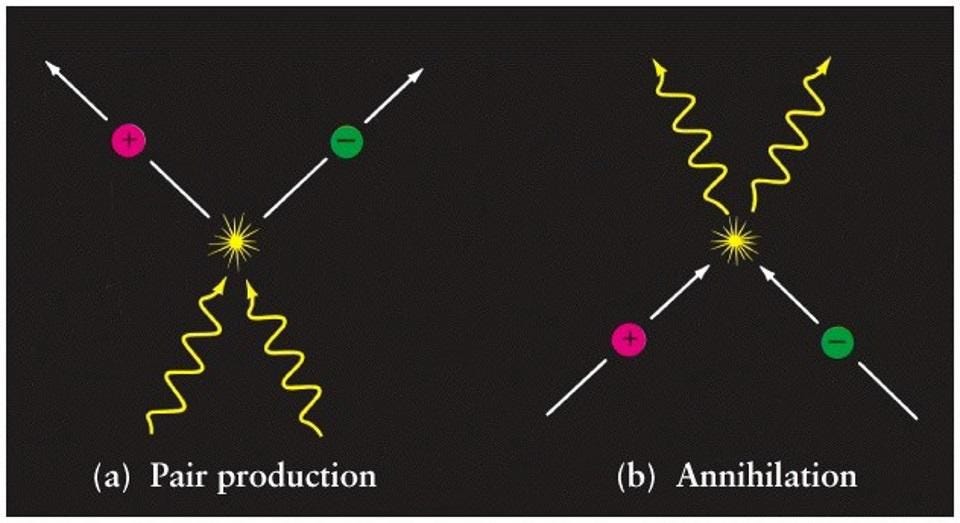
The researchers describe this work as a theoretical breakthrough, and a “qualitative jump in theory.”Īn experiment in the late ’90s managed to generate from a vacuum gamma photons and an occasional electron-positron pair. A positron is an anti-electron, a mirror-image particle with the same properties as an electron, but an opposite, positive charge.

“But in a strong electromagnetic field, this annihilation, which is typically a sink mechanism, can be the source of new particles,” Nees said, “In the course of the annihilation, gamma photons appear, which can produce additional electrons and positrons.”Ī gamma photon is a high-energy particle of light.

Matter and antimatter destroy each other when they come into contact under normal conditions. “It is better to say, following theoretical physicist Paul Dirac, that a vacuum, or nothing, is the combination of matter and antimatter”particles and antiparticles.Their density is tremendous, but we cannot perceive any of them because their observable effects entirely cancel each other out,” Sokolov said. We believe this happens in nature near pulsars and neutron stars,” said Igor Sokolov, an engineering research scientist who conducted this research along with associate research scientist John Nees, emeritus electrical engineering professor Gerard Mourou and their colleagues in France.Īt the heart of this work is the idea that a vacuum is not exactly nothing. “We can now calculate how, from a single electron, several hundred particles can be produced. The scientists and engineers have developed new equations that show how a high-energy electron beam combined with an intense laser pulse could rip apart a vacuum into its fundamental matter and antimatter components, and set off a cascade of events that generates additional pairs of particles and antiparticles. ANN ARBOR-Under just the right conditions “which involve an ultra-high-intensity laser beam and a two-mile-long particle accelerator” it could be possible to create something out of nothing, according to University of Michigan researchers.


 0 kommentar(er)
0 kommentar(er)
